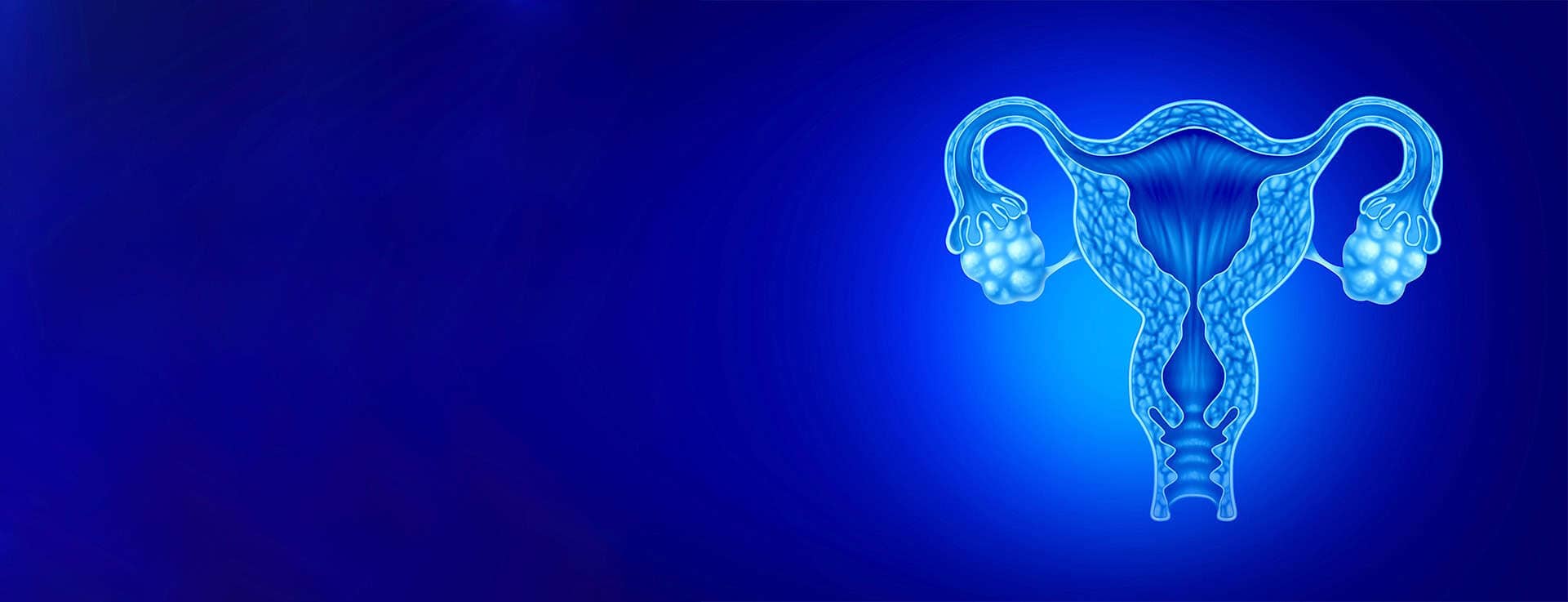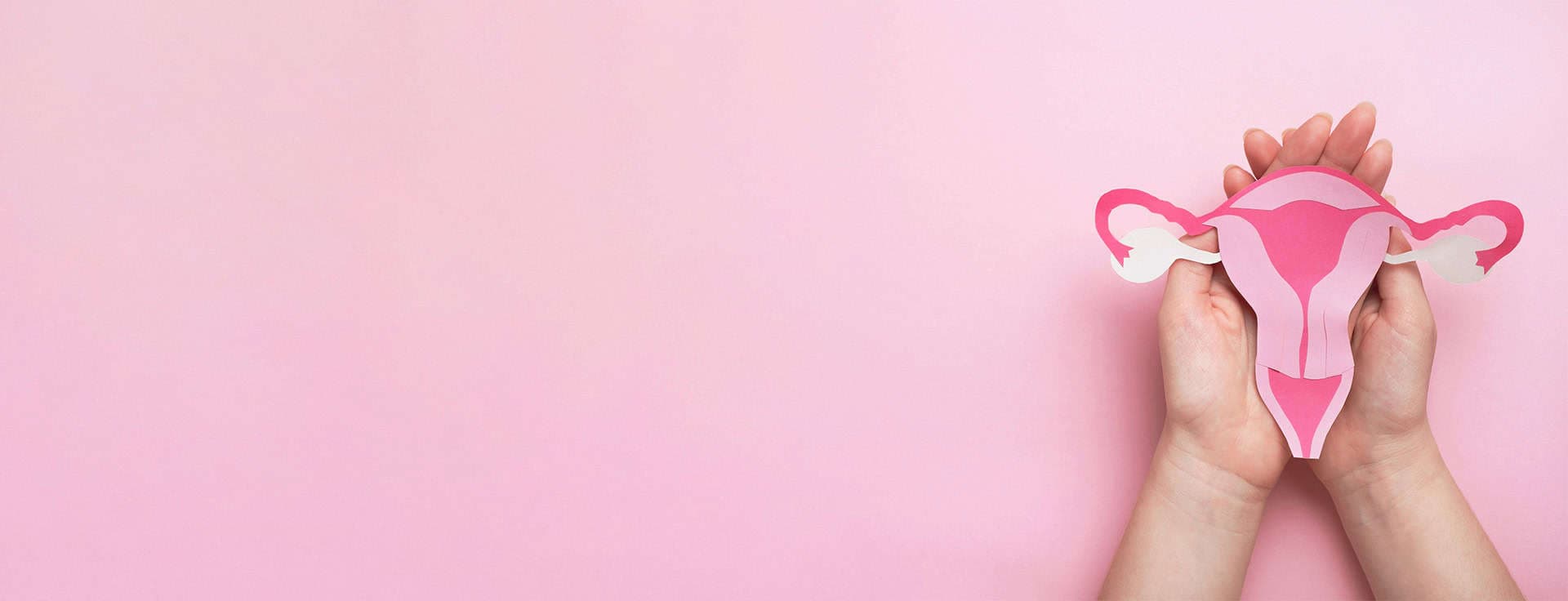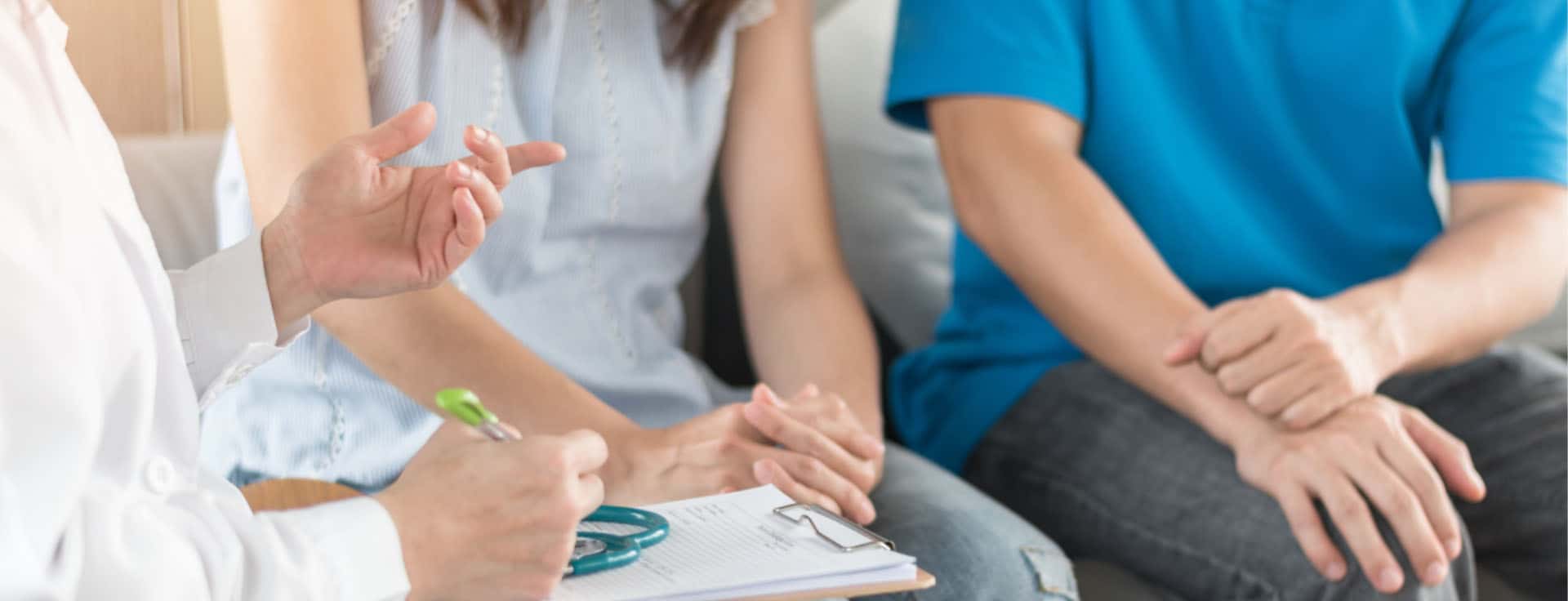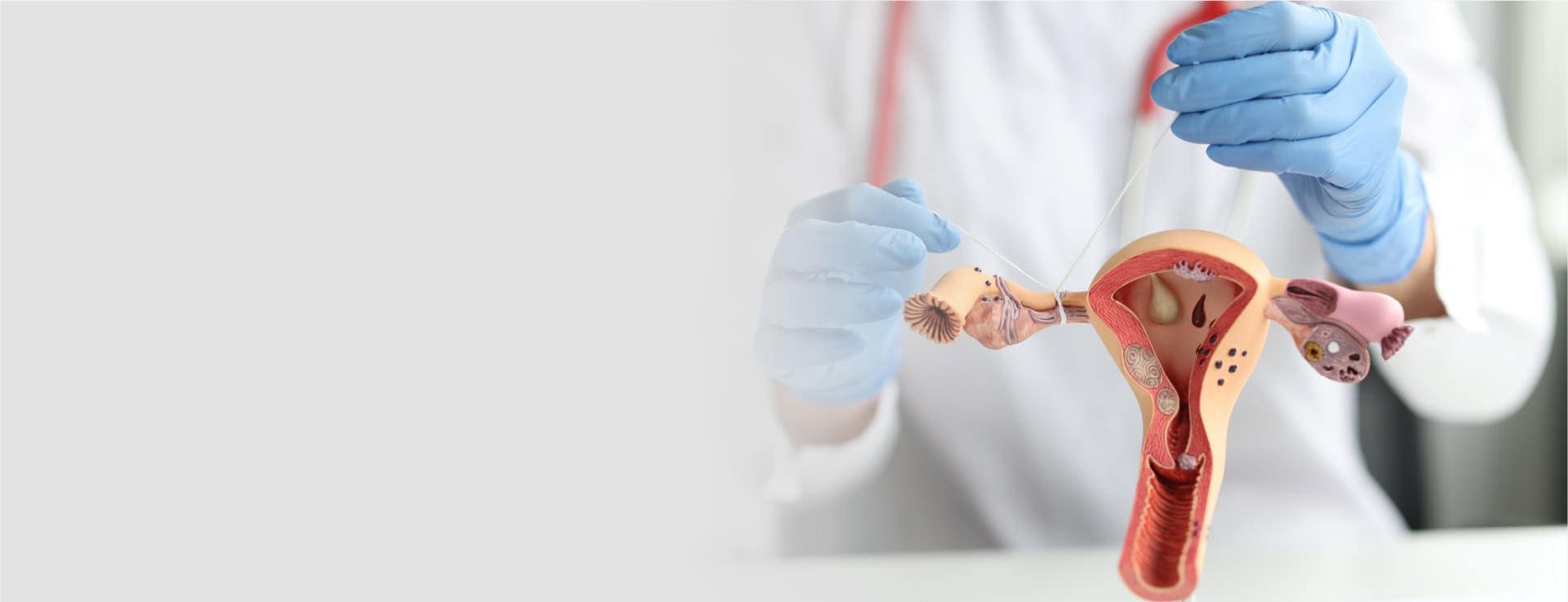Female reproductive system
Women are born with a certain number of eggs that are stored in their ovaries, but these eggs start to decrease during the course of their reproductive years.
The female reproductive system is made up of external and internal reproductive organs, Internal reproductive organs include the vagina, uterus, fallopian tubes, and ovaries. The ovaries produce egg cells which are known as oocytes. The oocytes are then subsequently transferred to the fallopian tube, where they may be fertilised by sperm. The fertilised egg is further transferred to the uterus, where the uterine lining has expanded in response to the reproductive cycle’s typical hormones. The female reproductive system also generates female sex hormones, which help to keep the reproductive cycle going.
Internal female reproductive organs
- Vagina: The vaginal canal connects the cervix (the bottom portion of the uterus) to the outside body.
- Uterus (womb): The uterus is a pear-shaped organ that acts as a space for the growing baby. The uterus is separated into two parts: the cervix, which is the bottom section of the uterus that opens into the vaginal canal, and the corpus, which is the main body of the uterus. The corpus may readily stretch to accommodate a growing child, its purpose is to make the uterus a healthy place for the fetus.
- Ovaries: The ovaries are two oval-shaped organs located above and to the left of the uterus. The ovaries take care of the production of eggs and hormones. During the middle of each menstrual cycle, the ovaries generate and release eggs (oocytes) into the female reproductive canal.
- Fallopian tubes: The ova (egg cells) migrate from the ovaries to the uterus through these tiny tubes, which are linked to the upper section of the uterus. In the majority of situations, a sperm fertilises an egg in the fallopian tubes. The fertilised egg then makes its way to the uterus, where it adheres to the uterine lining.
FAQs
How long does sperm live in a woman’s body?
Within the female reproductive canal, ejaculated sperm can survive for several days. Fertilization is feasible for up to five days if the sperm are living. Once semen has been frozen, it can be kept for years outside the body.
What goes on in a woman’s reproductive system?
The female reproductive system’s primary role is to generate fertilised eggs (ova) and to provide the space for a baby to grow. In order for this to happen, the female reproductive system must have the components in place to allow male sperm to meet female eggs.
Is it possible for a female to reject sperm?
Some sperm appear to be unable to connect with the female reproductive system, and while a man may appear to be fertile, his sperm may be rejected by a woman if it is incompatible with her.


























